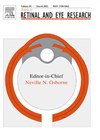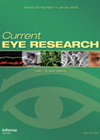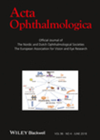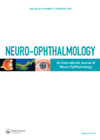Anything new in the control of myopia progression?
This is a review article looking at up to date concepts and evidence in myopia control from current literature and studies. The authors identified that myopia control is best measured in absolute change in axial length as opposed to refraction...
Lens surgery in patients with lens subluxation misdiagnosed as primary angle-closure glaucoma
Lens subluxation can be caused by many conditions including Marfan syndrome and other hereditary conditions, and blunt trauma. Lens displacement can cause pupillary block and angle closure. This is commonly misdiagnosed as primary angle closure glaucoma (PACG), which can lead...
Should intravitreal steroids be used in the initial treatment of post-op endophthalmitis?
Endophthalmitis following cataract surgery is one of the most feared complications, and can have significant impact on the visual outcomes of patients. The role of steroids in the management of endopthalmitis is controversial. The aim of this paper was to...
Comparison of treatment for hemianopia following stroke
The authors report the screening process and recruitment figures for a randomised controlled trial comparing interventions for post stroke homonymous hemianopia. Interventions included Fresnel prisms, visual search training and standard care (information only). Primary outcome measure was the change in...









